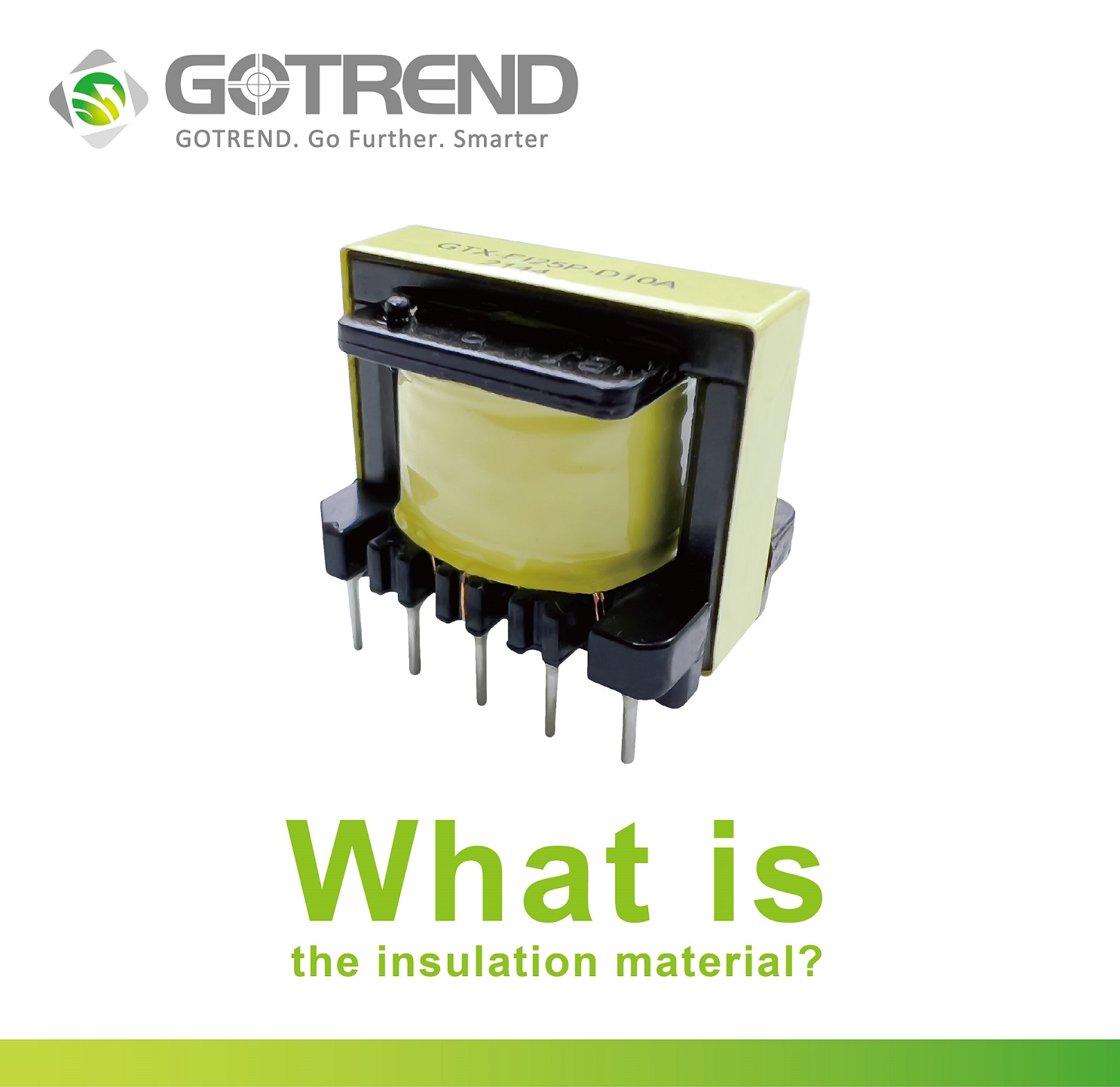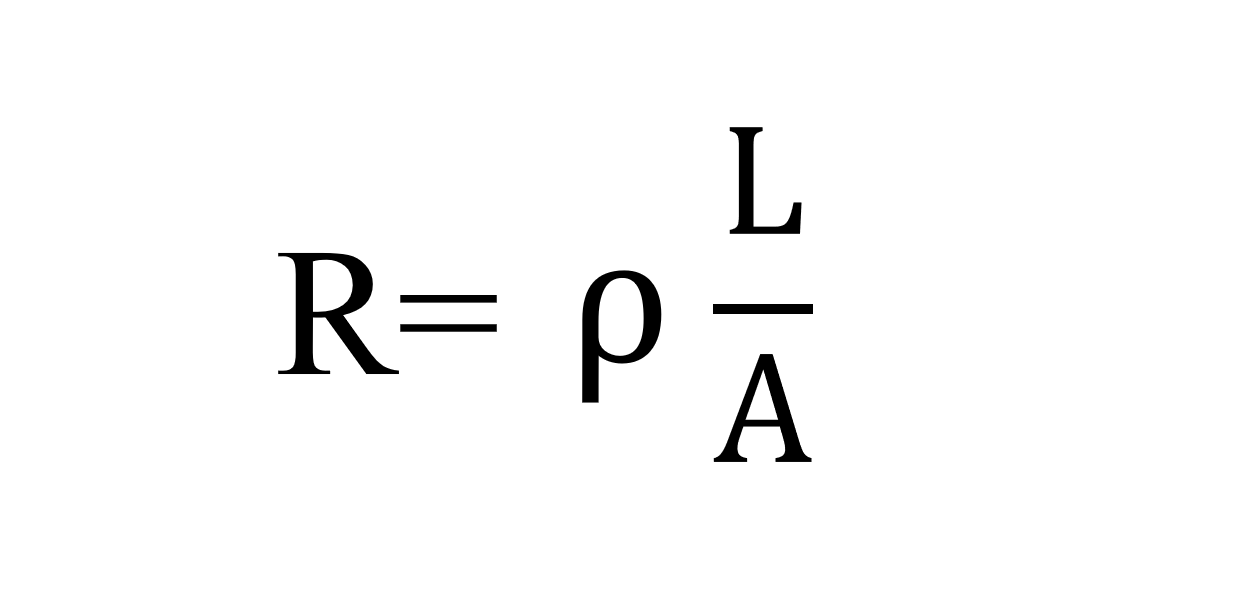What is insulation?
![]() 2022.11.18
2022.11.18
 Articles
Articles

1、What is an insulation material?
Insulation materials are not absolutely non-conductive, under the action of a certain applied voltage strength, when exceeding their own withstand voltage specifications, conductivity, loss, breakdown, electric arc and other physical conditions will still occur, and aging will cause insulation materials to produce damage, pressure reduction, surface peeling and other physical phenomena.
▶ Substances can be roughly divided into two categories : conductors and insulators, and insulators are also called dielectrics. Under the specifications of its own withstand voltage, its shielding is not conductive, and its resistivity is generally greater than 1010Ω·m material, which is called an insulating material.
▶ The characteristics of insulation materials are insulation resistance, voltage resistance, moisture resistance, high temperature resistance, etc. The resistivity of insulating materials is very high, usually 1010~1022Ω·m. In high-frequency transformers, insulation materials are often used to isolate the coil from the coil or external electrical appliances to ensure the safe operation of the transformer.
2、Insulation materials are divided into three categories
(1) Gas : The air distance in the transformer is often used as the safety distance of insulation, and the safety distance between the primary stages of the high-frequency transformer is generally 7mm.
(2) Liquid : Motor insulation materials mainly include minerals and synthetic insulating oils.
(3) Solid : mainly divided into organic and inorganic two kinds.
Organic solid insulated high-frequency transformers are commonly found insulation paint (Varnish), insulation glue (Epoxy), insulation paper (Nomex), insulating fiber (FR4), plastic (PBT, Bkelite), casing (Teflon, Thermal casing), film (PI, Mylar), tape (Mylar, Kapton, PET) and so on. Inorganic solid insulation includes mica, glass, ceramics and so on.
3、Properties and specifications of insulation materials :
Insulation materials are related to safety and reliability, and the main specifications of insulation materials are breakdown strength, temperature resistance, insulation resistance, pressure resistance and mechanical stress strength. The common electrical insulation system refers to the combination of winding insulation materials for transformers, motors, coils and other electrical products, such as UL provide testing and certification services.

(1) Breakdown strength :
The voltage intensity above the standard parameter value will cause insulation damage and cause a short circuit, which is called the breakdown strength, and the unit is: V/mm.
(2) Heat resistance :
When the temperature is higher than the specification, the performance of the insulation material will be reduced, and the temperature resistance of the insulation material can work for a long time at the specified temperature and ensure reliability, and the heat resistance grade is divided into Y, A, E, B, F, H, N, R and other 8 grades.
• CALSS Y : Temperature limit 90°C. Insulators such as epoxy tree adhesives or plastic particles with low melting point.
• CALSS A : Temperature limit 105°C. Such as enameled wire, lacquered cloth, lacquered wire, oil-based paint and other insulating materials.
• CALSS E : Temperature limit 120°C. Such as glass cloth, oily resin paint, enameled wire and
other insulating materials.
• CALSS B : Temperature limit 130°C. Such as epoxy tree adhesives, enameled wire, three-layer insulated wire, plastic particles, insulating tape and so on.
• CALSS F : Temperature limit 155°C. Such as epoxy tree adhesives, glass fibers, plastic particles, insulating tape, enameled wire, three-layer insulated wire.
• CLASS H : Temperature limit 180 °C, such as epoxy tree adhesives, glass fibers, plastic particles, insulation tape, enameled wire, three-layer insulated wire, Motor line, flat wire.
• CLASS N : Temperature limit 200°C.
• CLASS R : Temperature limit 220°C.
(3) Insulation resistance :
The resistance value of the insulation material is the insulation resistance, and the unit is Ω. The resistivity of the insulation material is generally greater than 1010Ω·m or more, and the insulation resistance will be variable due to the difference between the ambient temperature and surface condition of the insulation material.
For ordinary objects, the relationship between resistance R, resistivity ρ length I and cross-sectional area A is as follows :
The voltage intensity above the standard parameter value will cause insulation damage and cause a short circuit, which is called the breakdown strength, and the unit is: V/mm.
(2) Heat resistance :
When the temperature is higher than the specification, the performance of the insulation material will be reduced, and the temperature resistance of the insulation material can work for a long time at the specified temperature and ensure reliability, and the heat resistance grade is divided into Y, A, E, B, F, H, N, R and other 8 grades.
• CALSS Y : Temperature limit 90°C. Insulators such as epoxy tree adhesives or plastic particles with low melting point.
• CALSS A : Temperature limit 105°C. Such as enameled wire, lacquered cloth, lacquered wire, oil-based paint and other insulating materials.
• CALSS E : Temperature limit 120°C. Such as glass cloth, oily resin paint, enameled wire and
other insulating materials.
• CALSS B : Temperature limit 130°C. Such as epoxy tree adhesives, enameled wire, three-layer insulated wire, plastic particles, insulating tape and so on.
• CALSS F : Temperature limit 155°C. Such as epoxy tree adhesives, glass fibers, plastic particles, insulating tape, enameled wire, three-layer insulated wire.
• CLASS H : Temperature limit 180 °C, such as epoxy tree adhesives, glass fibers, plastic particles, insulation tape, enameled wire, three-layer insulated wire, Motor line, flat wire.
• CLASS N : Temperature limit 200°C.
• CLASS R : Temperature limit 220°C.
(3) Insulation resistance :
The resistance value of the insulation material is the insulation resistance, and the unit is Ω. The resistivity of the insulation material is generally greater than 1010Ω·m or more, and the insulation resistance will be variable due to the difference between the ambient temperature and surface condition of the insulation material.
For ordinary objects, the relationship between resistance R, resistivity ρ length I and cross-sectional area A is as follows :

In the above formula,
• The resistance R unit is ohms
• Length l units are meters
• Cross-sectional area A is square meters
• Resistivity ρ is measured in ohm meters
(4) Mechanical stress strength: According to different insulation materials, tensile, compression, bending, shearing, impact, fatigue and other reliability verification are defined accordingly, which is called mechanical stress strength.
(5) Other specifications: Insulation materials have solid and colloidal curing, such as colloidal curing insulation materials whose specifications include viscosity, hardness, expansion coefficient, solidization time and curing temperature. The specifications of solid insulation materials will also have permeability, oil resistance, elongation, shrinkage, solvent resistance, voltage resistance, etc.
4、Aging of insulating materials :
Failures in electronic products often occur with insulation problems. Under the action of the electric field, the insulation material will be polarized, conductivity, heat, breakdown and other phenomena, but also affected by mechanical, chemical, environmental and other variable factors, and other gradual deterioration with the growth of time Phenomenon is called aging, there are three main types of aging.
(1) Electrical aging: The insulation material is under high pressure and focuses on the aging caused by partial discharge.
(2) Thermal aging: it is in a high temperature working environment. Insulation materials oxidize, decompose, deteriorate, or age with moisture, etc.
(3) Environmental aging: Aging caused by the chemical reaction between the air and the environment UV rays, salinity, acidity and alkalinity.
5、Methods to prevent insulation aging :
Once the insulation material has aged, its insulation performance is irreversible, and
transformer designers will generally use the following methods to prevent the aging of the
insulation material.
(1) Use triple protect glue or UV glue on the circuit board.
(2) The transformer uses varnish to vacuum and immerse.
(3) Measures to strengthen partial discharge during electrical design.
(4) Strengthen or increase insulation protection.
Related articles :
• APPLE MagSafe tangle dancing with Qi2 MPP
• What is copper loss? What is the skin effect ? The difference between Isat and Irms
• What is an inductor?
 GOTREND Technology Co.,Ltd
GOTREND Technology Co.,Ltd


